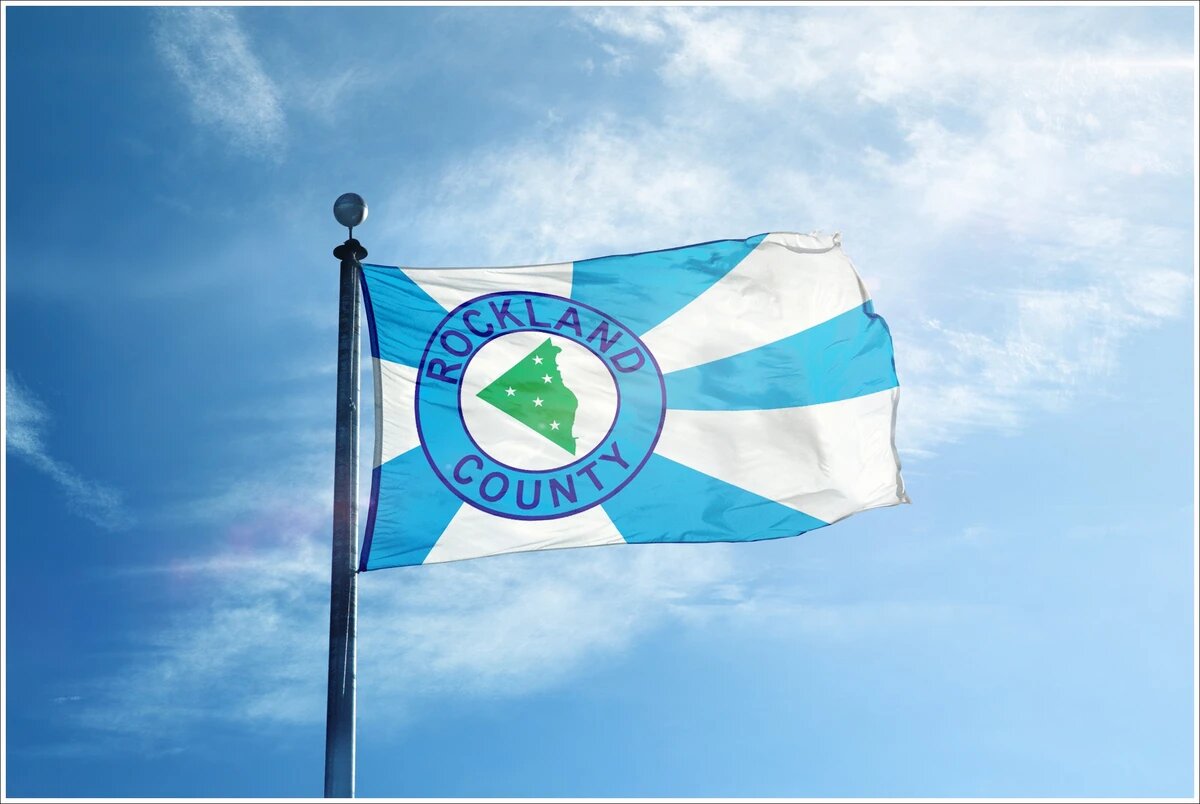Potholes 101: Everything You Need To Know
Over the past several weeks, Mother Nature has given the Town of Clarkstown a healthy dose of the wild ups and downs typically associated with winters in the Northeast. We’ve seen quite a mix of spring-like temperatures, bitter cold, rain, snow, strong wind gusts, and icing. It’s been a day-to-day adventure of not knowing what’s coming around the corner next. And unfortunately, these unpredictable fluctuations in the weather conditions carry a very predictable roadway nightmare along with them: potholes.
Potholes begin to form when water seeps into the ground underneath the pavement. Whenever this water freezes, it expands. This expansion creates pressure on the ground below and on the pavement above, causing the pavement to bulge and crack. When the ice melts, gaps are created underneath the surface of the pavement. As this process is repeated, the pavement weakens and the gaps widen. The weight of passing cars eventually weakens the pavement to the point where pieces will come loose and collapse. Once this happens, you have a pothole. And once formed, any repeating of the freeze/thaw cycle can quickly turn a small hole into a car-damaging crater.
In order to understand why these cold weather craters are so difficult to fix, it’s important to know that there are two basic categories of asphalt used to create roadways and one type is far superior to the other. ‘Hot mix’ is the product widely used for paving, while ‘cold mix’ is generally used for emergency winter repairs. As the name might suggest, ‘hot mix’ requires the asphalt to be delivered at very high temperatures (approximately 275- 300 degrees). Paving should take place at ambient and ground temperatures of no lower than 50 degrees. Add in the fact that most ‘hot mix’ asphalt plants shut down for the winter, and you can see why it’s not a viable option for winter road repairs. That leaves Highway Department crews across the region with the far less desirable option of using ‘cold mix’ for winter repairs. Unfortunately, cold mix is extremely weather sensitive, doesn’t easily bind, and has a more challenging curing process. If it gets wet before it’s fully cured, chances are it will quickly break apart and get pushed right out of the pothole and back onto the roadway. This is why you might see a pothole filled a few days ago begin to form again just days later.
Another important aspect of a municipality’s ability to deal with potholes is knowing where they are as quickly as possible. It’s extremely helpful to both drivers and the town to repair potholes before they become large enough to cause damage. The popular adage, “If you see something, say something” certainly applies here. However, this brings another challenge that can create delays and confusion; knowing who is responsible for maintaining the road where the pothole is located is key to getting the job done quickly.
Roads in Clarkstown are owned and maintained by either the state, the county, or the town. The state roads are fewest in number, but are generally the most traveled and prone to potholes. Route 9W, Route 303, Route 304, and Route 59 are state roads. County roads are too numerous to list here, but are marked by signs with blue backgrounds and yellow lettering containing the words Rockland County and a designated route number. As an example, Middletown Road in Nanuet is a county road and as you drive along it, you will see the blue and yellow signs designating the road as Rockland County 33. Other examples of county roads include New Hempstead Road in New City and Kings Highway in Congers/Valley Cottage. Smaller roadways, including the vast majority of residential streets, are town roads and have no markings aside from the standard green and white street name signs.
Once you’ve spotted a pothole and know who to notify, all it should take is a phone call to the appropriate agency to have it reported and addressed. The Clarkstown Highway Department has made tremendous strides in improving response times in the past few years. Normal turnaround time from receiving a notification and getting a crew out to fix a pothole is less than 48 hours and many are addressed by the following business day.
To report a pothole:
Town of Clarkstown Highway Department: 1-845-623-7500 or https://www.clarkstown.gov/311-request/
Rockland County Highway Department: 1-845-638-5060
NYS DOT: 1-800-POTHOLE (1-800-768-4653)
Like most of Clarkstown’s residents, I am looking forward to the spring and summer weather ahead. Warmer temperatures create more opportunities for visiting our beautiful town parks, enjoying nature, outdoor dining, recreation…… and the welcome remediation of the annual winter pothole problem.


You must be logged in to post a comment Login